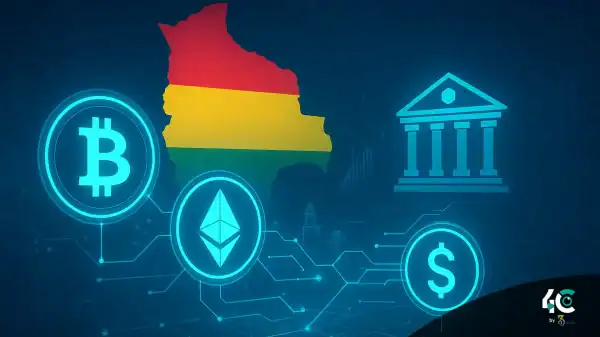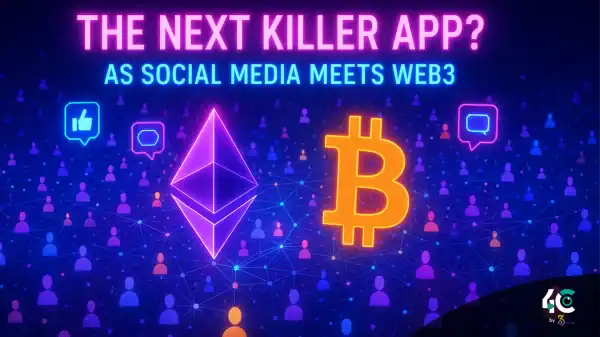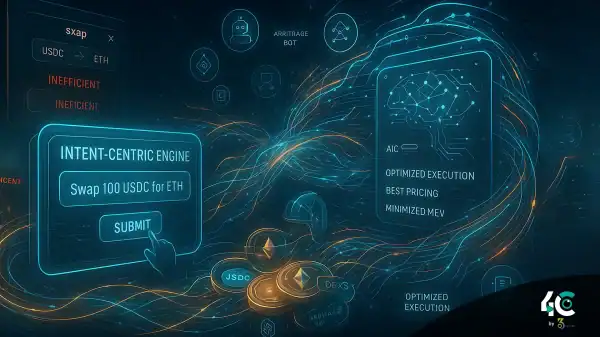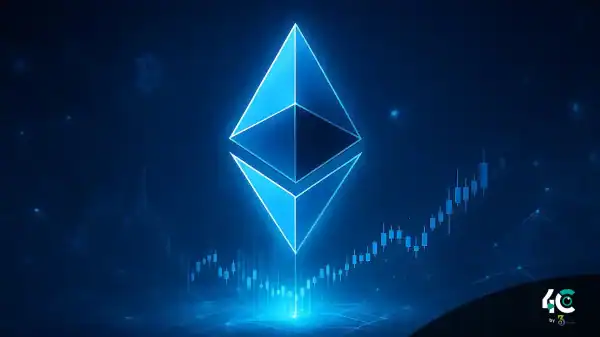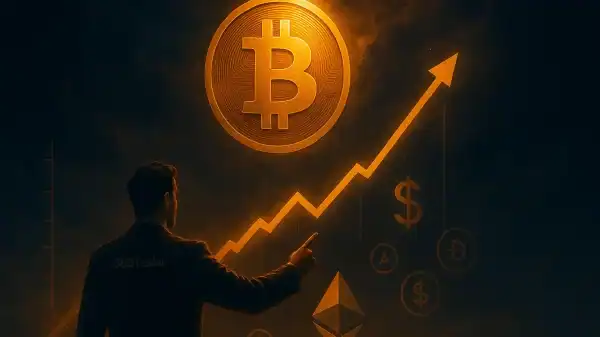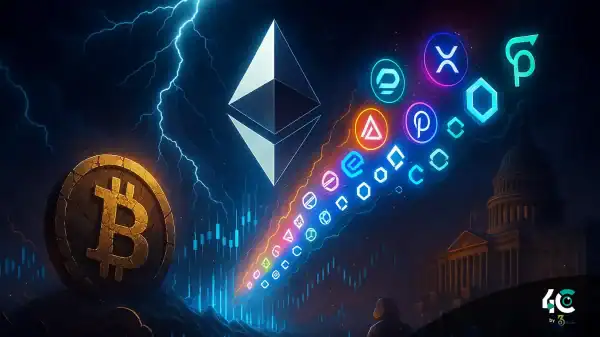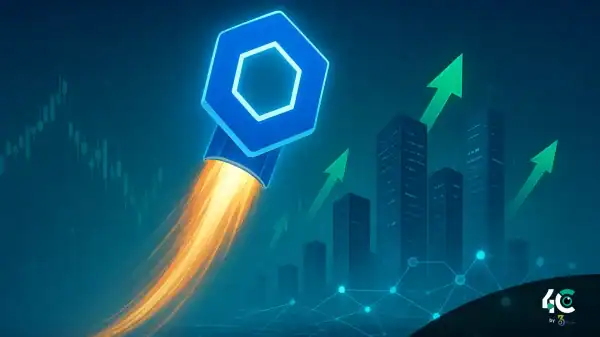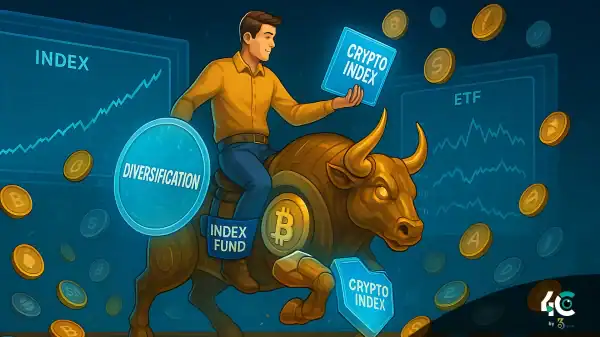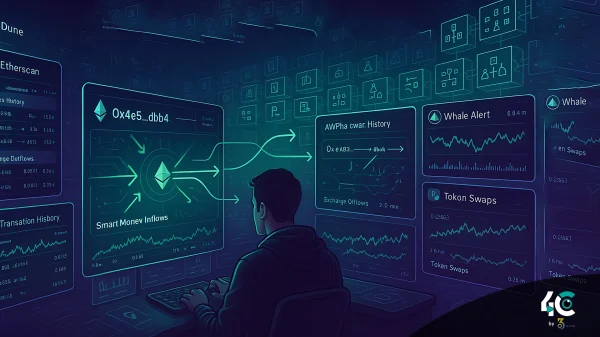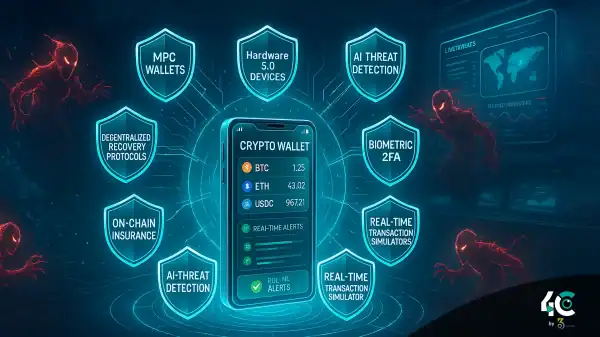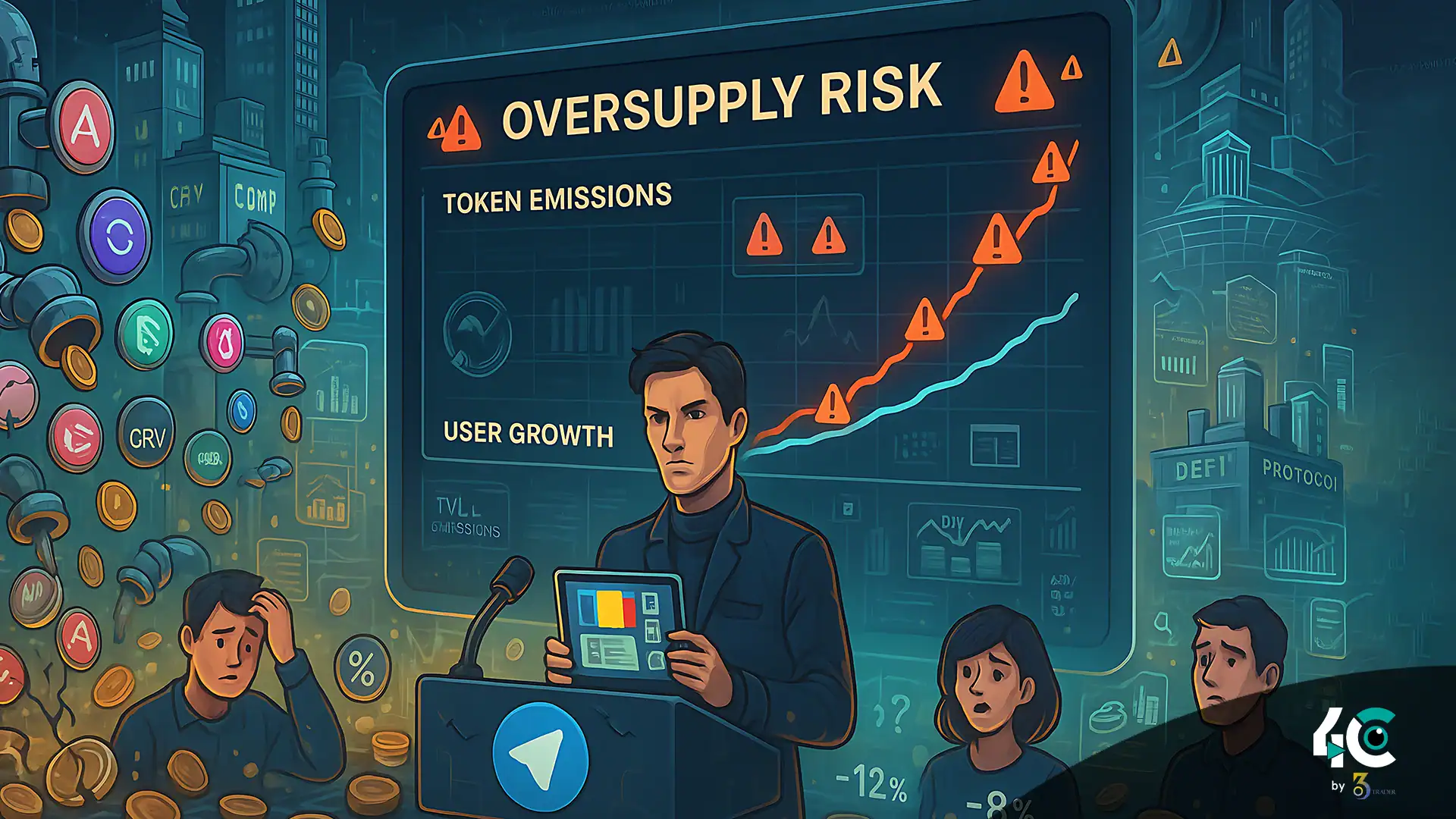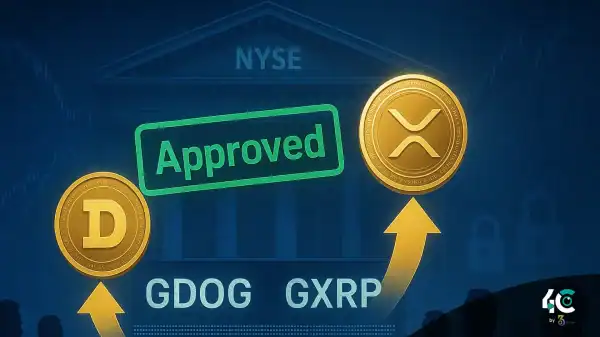The Double-Edged Sword of DeFi Token Emissions
Decentralized finance (DeFi) thrives on token incentives. By minting new tokens, projects reward liquidity providers, stakers, and governance users. But when token printing exceeds real user growth, the system risks collapsing from runaway inflation.
Why Token Emissions Matter — Until They Don’t
Token emissions serve critical roles:
- Attracting capital to new projects
- Distributing governance power
- Incentivizing valuable user actions
However, many protocols fall into a deadly trap: printing more tokens than their growth can sustain. The result? Hyperinflation, falling prices, and community wipeouts.
Emission Mistakes: 3 DeFi Case Studies
Strategy: Print OHM aggressively to build reserves
Outcome: Token supply outpaced demand; price collapsed by 99%
Strategy: Heavy early emissions to attract Curve liquidity
Outcome: Growth plateaued, but emissions continued
Strategy: High rewards to siphon liquidity from Uniswap
Outcome: TVL rose briefly, then declined as user retention failed
4 Red Flags of Token Inflation
1️. Declining Utility – Tokens only used for yield farming
2. Flat User Growth – TVL or active addresses don’t rise
3️. Rapid Supply Growth – Circulating supply grows 50%+ annually
4️. No Value Capture – No buybacks, token burns or fee sharing
The Risks of Unchecked Emissions
- Death Spirals: Too many tokens = lower prices = fewer users
- Governance Failures: Diluted voting power leads to apathy
- Reputation Loss: Farm-and-dump perception drives users away
How to Design Emissions Sustainably
- Dynamic Models: Adjust emissions based on usage metrics
- Value Capture: Use fees to buy back or burn tokens
- Token Vesting: Lock tokens to discourage dumping
- Real Utility: Tie tokens to governance, fee discounts, or staking rewards
Smart Moves for Investors and Builders
For Users:
- Choose projects where user growth exceeds emissions
- Look for tokens with real utility beyond farming
For Developers:
- Link emissions to revenue or active users
- Include burning or fee-sharing models
Conclusion
Token emissions are vital for DeFi growth—but only when aligned with real demand. Projects must move beyond copy-paste tokenomics and design incentives that build long-term value. The next wave of DeFi success will come not from minting coins, but from building ecosystems where token supply meets real utility.


